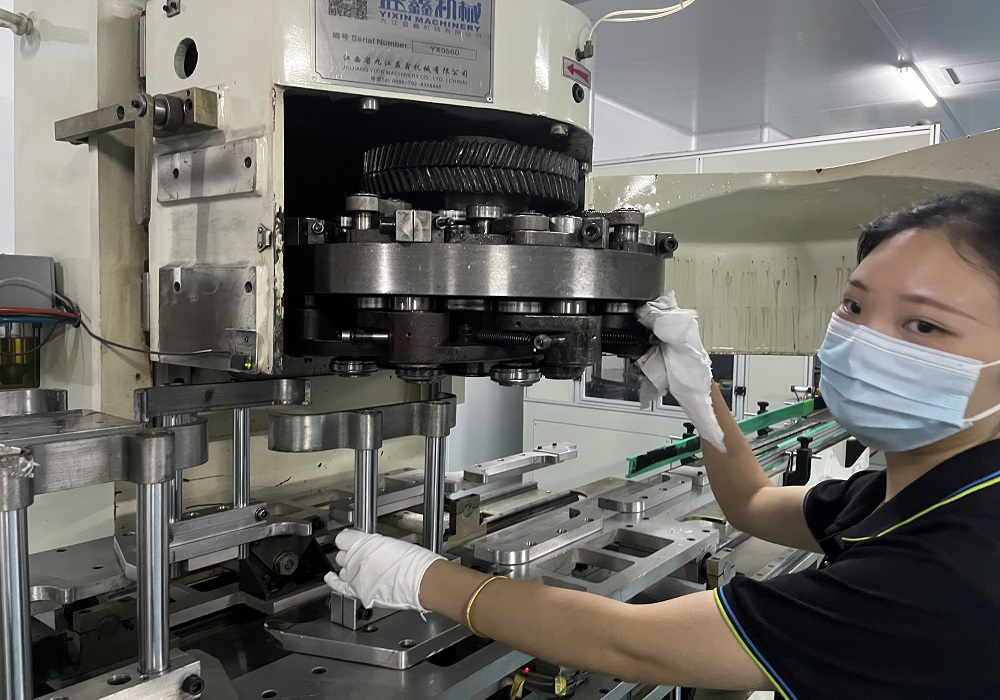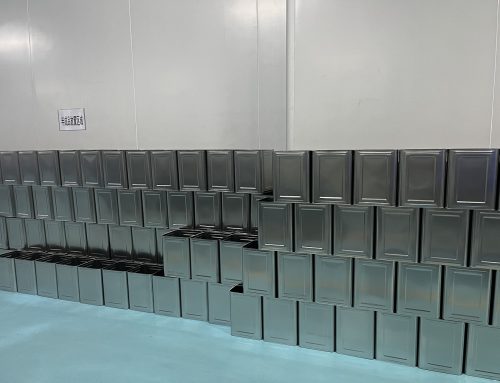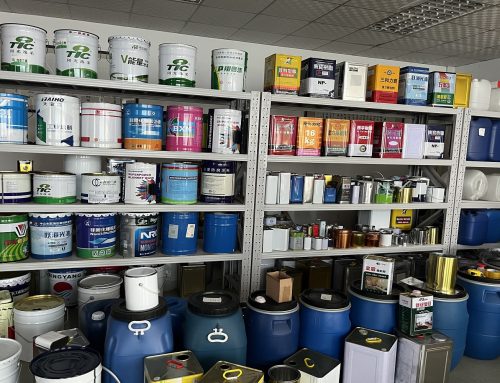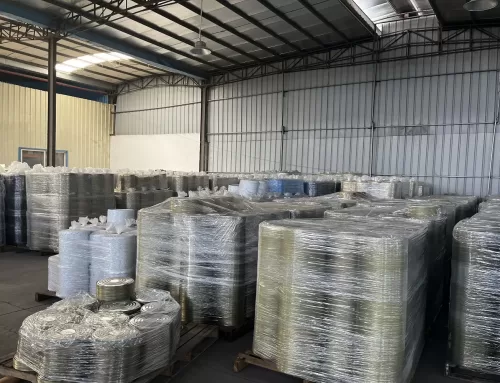Tinplate is primarily used for various containers, including three-piece cans, DI cans, DRD cans, spray cans, crown caps, easy-open lids, assorted cans, flower baskets, and more. It undergoes processes such as iron printing, baking, bending, stamping, flanging, and welding. The production of tinplate, the quality of can manufacturing, and the conditions for packaging food cans are crucial aspects.
Common defects in the application of tinplate and their causes are analyzed as follows:
(1) Defects in Storage and Transportation
Defect: Rust
Cause and Solution:
Rust occurs due to water ingress and dampness during storage and transportation. Preventive measures should include waterproofing, indoor storage, and measures to prevent moisture and ensure ventilation.
Defect: Condensation
Cause and Solution:
Condensation may occur during the production of tinplate and when users open the packages. Adequate preventive measures should be in place.

(2) Defects in Handling and Transportation
Defect: Scratches on the Tin Layer
Cause and Solution:
Loose bundling during packaging can lead to vibration during transportation, especially over long distances. Impact during transportation, especially if bundles are hit, tilted, or fall, can cause the steel coils to scrape on the ground. Measures taken by steel mills include appropriately increasing the amount of oil applied.
These analyses highlight the importance of implementing proper measures throughout the entire lifecycle of tinplate, from production to transportation and usage, to ensure its quality and performance in the manufacturing of cans.
Recommendations for Vertical Packaging
(2) Iron Printing and Baking
Defect: Pinholes
Analysis and Measures:
Control the oil application.
Ensure cleanliness of the tinplate and iron printing equipment.
Address poor adhesion.
Defect: Poor Adhesion
Analysis and Measures:
Ensure a clean tinplate surface.
Choose an appropriate surface roughness.
Adjust tin layer thickness for better adhesion.
Implement suitable baking processes (temperature, time, etc.).
Defect: Small Black Spots
Analysis and Measures:
Keep the tinplate surface clean.
Ensure no impurities in the coating.
Maintain cleanliness of printing equipment to prevent debris in the baking furnace.
Defect: Misregistration
Analysis and Measures:
Minimize size deviations and cut slopes of tinplate.
Ensure flatness of the tinplate.
(3) Circular Welding of Can Bodies
Defect: Edge Raising
Analysis and Measures:
Address excessive yielding due to aging.
Minimize storage time after repeated baking.
Properly adjust can-making equipment.
Defect: Poor Bending
Analysis and Measures:
Address uneven tinplate performance, poor flatness, and inconsistent thickness.
Ensure proper adjustment of can-making equipment.
Defect: Welding Performance
Analysis and Measures:
Ensure stable tinplate thickness, surface smoothness, and consistent tin and alloy layer thickness.
Adjust welding current and lap quantity.
Note that IF steel may have poorer welding performance.
Defect: Diameter Expansion Cracks
Analysis and Measures:
Choose suitable hardness and diameter expansion processes.
Pay attention to the circumferential direction during rolling.
(4) Stamping Process
Defect: Stamping Cracks
Analysis and Measures:
Address abnormal tinplate hardness and performance.
Ensure correct design and adjustment of stamping dies.
Improve lubrication.
Defect: Slip Lines
Analysis and Measures:
Address potential issues at lower processing degrees.
Note that IF steel is better than low-carbon aluminum-killed steel.
Defect: 18L Bucket Bottom Cracks
Analysis and Measures:
Address cracks due to repeated vibrations during long-distance transportation.
Choose appropriate hardness and reinforce the bucket bottom.
Note that BA board is better than CA board.
(5) Interior Coating Cans
Defect: Non-compliant Coating Quality
Analysis and Measures:
Ensure surface quality with no severe scratches or exposed iron.
Maintain the required coating thickness.
Conduct adhesion and corrosion resistance tests according to standards.
Perform defect detection, including eddy current testing, if necessary.
Defect: Coating Scratches and Damage
Analysis and Measures:
Conduct quality checks during can-making, especially in necking and flanging areas.
Consider internal spraying if necessary.
Defect: Canning Issues
Analysis and Measures:
Minimize residual oxygen.
Defect: Contents
Analysis and Measures:
Minimize various corrosion factors as much as possible.




